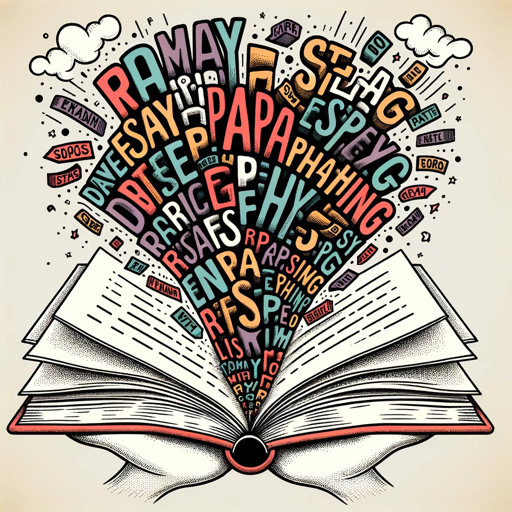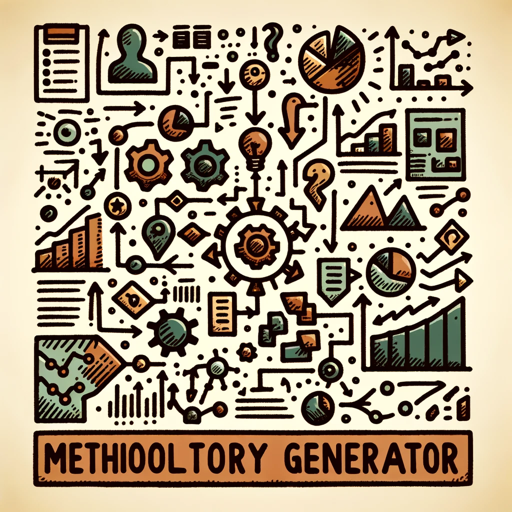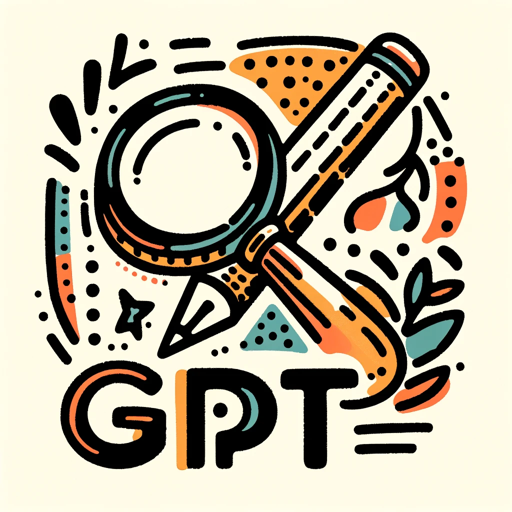Web Search-comprehensive web search tool
AI-Powered Web Search for In-Depth Information
Search for the latest on AI advancements
Find information about a historical event
Summarize recent medical research findings
Explore the impact of climate change globally
Related Tools
Load More
WebG by MixerBox (WebSearchG AI GPT)
Use Google instead of Bing for search results on ChatGPT! Powered by Google Search API for OpenAI Custom GPT.

Web Search!
Browse the web using Google search. Discover the latest information online by entering keywords or phrases.

Gooogle Search
Your go-to assistant for Google searches.

Web Crawler
Web Searches using Information Retrieval theory. Processes input and generates three search strings for a more comprehensive result.

搜索小能手
针对你的问题快速联网搜索得出答案,并且提供所有来源链接

Extensive internet search
Searches more sources than the usual search feature
20.0 / 5 (200 votes)
Introduction to Web Search
Web Search is a customized version of ChatGPT designed to assist users by providing detailed information and summaries based on internet searches. Its primary function is to gather, synthesize, and present information from a wide range of sources, ensuring accuracy and comprehensiveness. By leveraging browsing capabilities, Web Search can provide up-to-date information on various topics, making it a valuable tool for users seeking in-depth knowledge and insights. For example, if a user wants to know the latest developments in artificial intelligence, Web Search can gather articles, studies, and news reports to provide a thorough overview of the current state of AI.

Main Functions of Web Search
Information Gathering
Example
When a user asks about the impact of climate change on polar bears, Web Search can look up scientific articles, climate reports, and conservation data to compile a detailed response.
Scenario
A student writing a research paper on wildlife conservation can use Web Search to collect and summarize recent studies, providing a strong foundation for their work.
Current Events Updates
Example
If a user wants the latest news on a political event, Web Search can retrieve and summarize the most recent articles and reports from trusted news sources.
Scenario
A journalist covering an ongoing election can use Web Search to stay updated with the latest developments and incorporate them into their reporting.
Comprehensive Summaries
Example
For queries about complex topics like quantum computing, Web Search can gather information from various academic papers, articles, and expert opinions to provide a well-rounded summary.
Scenario
A tech enthusiast looking to understand quantum computing can rely on Web Search to break down the topic into understandable segments, covering both technical details and practical applications.
Ideal Users of Web Search Services
Students and Academics
Students and academics benefit from Web Search's ability to gather and summarize detailed information from diverse sources. Whether for research papers, thesis work, or general study, these users can access a wealth of knowledge efficiently.
Professionals and Journalists
Professionals and journalists need up-to-date and accurate information to support their work. Web Search helps by providing current event updates and comprehensive summaries, ensuring they have the latest data and insights to inform their decisions and reporting.

How to Use Web Search
1
Visit aichatonline.org for a free trial without login, also no need for ChatGPT Plus.
2
Navigate to the search bar on the homepage and enter your query or topic of interest.
3
Review the list of search results provided and select the most relevant ones to explore further.
4
Synthesize information from multiple sources to get a comprehensive understanding of the topic.
5
Use additional tools, such as Python or DALL-E, for analysis or creative tasks, if necessary.
Try other advanced and practical GPTs
Essay Paraphraser
AI-driven text rephrasing made simple.

Literature Recommender
AI-powered personalized book discovery

Video to Text
AI-powered video transcription made easy

URL2Blog
Transform any URL into a compelling blog using AI.

A股情绪周期交易模型
AI-powered market sentiment tracking.

Beautify Me
AI-powered photo enhancements made easy.

Methodology Generator
AI-powered research methodology advice

Brainstorm Generator
AI-Powered Ideas for Your Projects

Advisory Board v. 1.1
Your Virtual Council of Experts

Red bubble SEO Generator
AI-powered SEO for Redbubble designs
Mock Interview Coach
AI-Powered Mock Interviews for Job Success

KalvinThien AI - SEO FULL WEBSITE
AI-powered SEO content at your fingertips

- Content Creation
- Data Analysis
- Academic Research
- Learning
- Current Events
Web Search Q&A
What is Web Search?
Web Search is a tool that allows users to search the internet for information, providing detailed summaries and insights based on multiple sources.
How can I access Web Search?
You can access Web Search by visiting aichatonline.org, where you can start a free trial without needing to log in or have a ChatGPT Plus subscription.
What are the common use cases for Web Search?
Common use cases include academic research, content creation, data analysis, learning new topics, and finding up-to-date information on current events.
Can Web Search perform real-time searches?
Yes, Web Search can perform real-time searches, retrieving the most current information available on the internet.
What additional tools are integrated with Web Search?
Web Search integrates with Python for data analysis and DALL-E for generating images based on text descriptions.